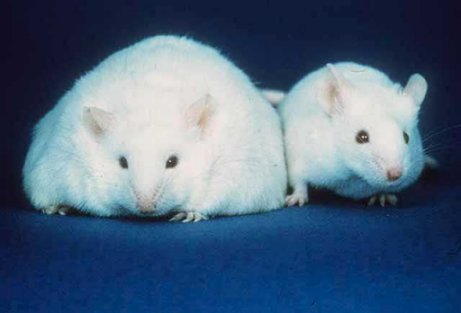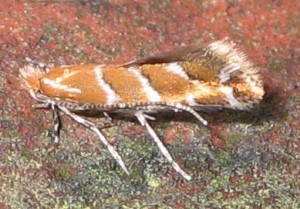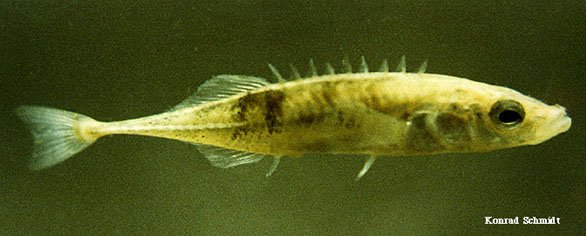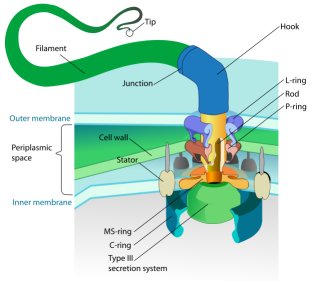There is a great article on the Creation Ministries International website called “Why Young-Age Creationism Is Good for Science.” The author (Brent W. Smith) makes some excellent points, so I would like to summarize what he says and then add one thought. You can tell Mr. Smith is a philosopher by how he summarizes his argument:
The basic idea is that [young-age creationists] offer to the current origins science establishment a competing rational viewpoint that will augment fruitful scientific investigation through increased accountability for scientists, introduction of original hypotheses, and general epistemic improvement.
If you don’t know what “epistemic improvement” means, you just need to know that epistemology is the branch of philosophy concerned with the nature and limitations of knowledge. It attempts to understand how we know things, how knowledge is acquired, and what knowledge actually is. Thus, in this case, “epistemic improvement” means an improvement in our understanding of what we can know through scientific inquiry.
Obviously, young-earth creationism will improve the epistemology of science, because it continually argues with the establishment about what we can learn from scientific data. For example, the fact that soft tissue has been found in fossils that are supposedly millions of years old can lead us to make one of (at least) two different conclusions: (1) Soft tissue can be preserved over time periods previously not thought possible or (2) The fossils aren’t really millions of years old. Those who believe in a billions-of-years old earth tend to support option (1), and young-earth scientists tend to support option (2). Each side tends to look for data that support its position.
If it weren’t for young-earth creationists, option (2) would not be considered. Thus, scientists would assume that option (1) is what we can learn from the data, and they would go on their merry way, never wondering if the data could mean something else. Young-earth creationists, however, will collect data to try to support their position, which will at least allow for some evaluation of what we can learn from the fact that soft tissue has been found in these fossils. If option (1) ends up being correct, then at minimum, there has been an evaluation of what this fact tells us rather than just an assumption of what it means. If option (2) ends up being correct, then a long-running mistake in science will be fixed. Either way, science wins!
Continue reading “Young-Earth Creationism Is Good for Science”






